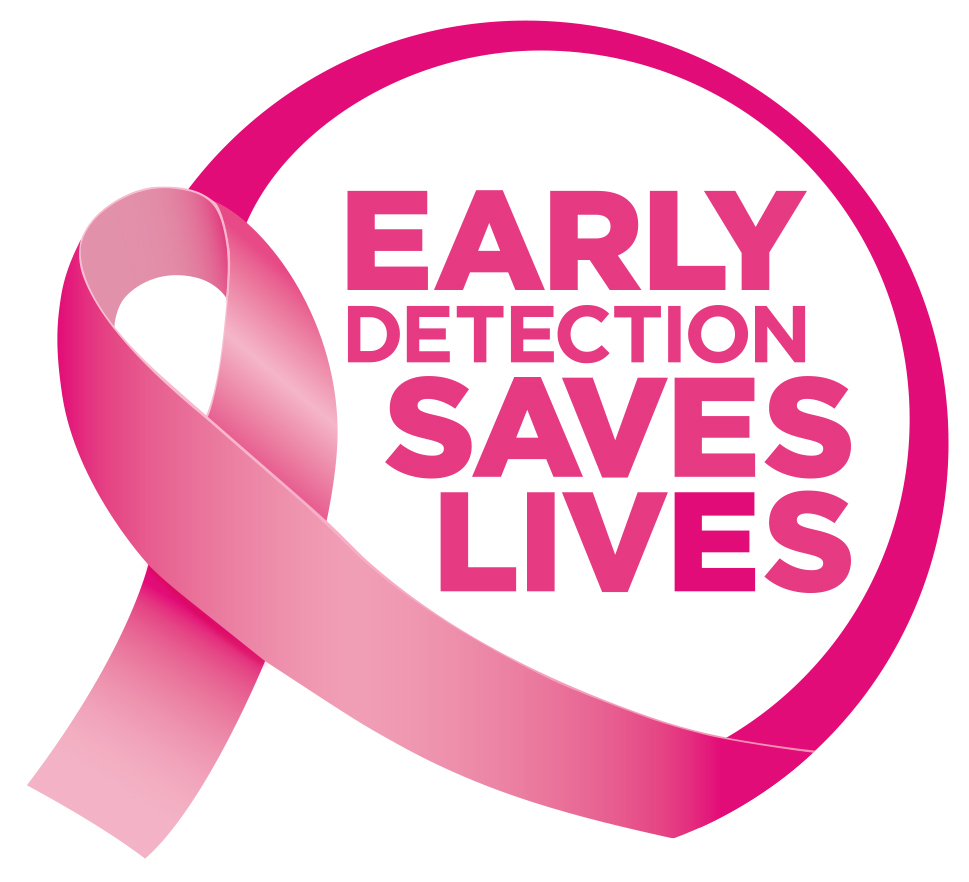 What is breast cancer?
What is breast cancer?
Breast cancer starts when cells in the breast begin to grow in an uncontrolled way and build up to form a lump (also known as a tumour). As the cancer grows, cells can spread to other parts of the body and this can be life-threatening.
Breast cancer is the most common type of cancer in the UK. About 12,000 women in the UK die of breast cancer every year. Survival from the disease has been improving over time, and now about 3 out of 4 women diagnosed with breast cancer are alive 10 years later.
Your risk of getting breast cancer goes up as you get older. About 4 out of 5 breast cancers are found in women over 50 years old. Most women with breast cancer do not have a family history of the disease.
The NHS offers screening to save lives from breast cancer.
It is your choice whether to have breast screening or not.
Screening does this by finding breast cancers at an early stage when they are too small to see or feel. Screening does not prevent you from getting breast cancer.
Breast screening does have some risks. Some women who have screening will be diagnosed and treated for breast cancer that would never otherwise have been found, or caused them harm.
All women aged 50 to 70 are invited for breast screening every 3 years. Some older and younger women are also being invited as part of a study of screening in different age groups.
If you are over 70, you are still at risk of breast cancer. Although you will no longer automatically get screening invitations after you are 70, you can still have breast screening every 3 years. You will need to ask your local breast screening unit for an appointment.
What is breast screening?
Breast screening uses an X-ray test called a mammogram to check the breast for signs of cancer. It can spot cancers that are too small to see or feel.
What will happen if I choose to have breast screening?
When you arrive at the breast screening unit, the staff will check your details and ask you about any breast problems you have had. If you have any questions, please ask.
Mammograms are carried out by women called mammographers. To have a mammogram, you need to undress to the waist. So it may be easier to wear a skirt or trousers instead of a dress. The mammographer will first explain what will happen. She will then place your breast onto the mammogram machine and lower a plastic plate onto it to flatten it. This helps to keep your breast still and get clear X-rays.
The mammographer will usually take two X-rays of each breast -- one from above and one from the side. She will go behind a screen while the X-rays are taken. You have to keep still for several seconds each time.
The whole appointment takes less than half an hour and the mammogram only takes a few minutes.
NHS Breast screening helping you decide leaflets - available in different languages (EXTERNAL PDFS)
Patients who have missed their breast screening appointment can rebook at any time by calling the Central and East London Breast Screening Service on 020 3758 2024.